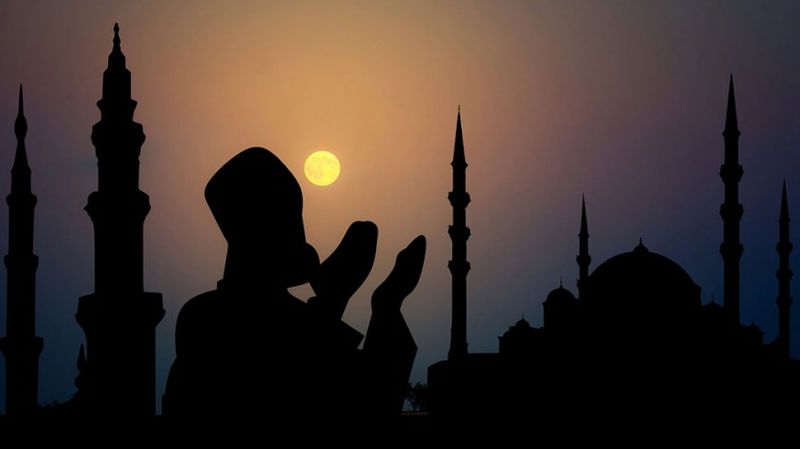
Every year, the festival of Eid is celebrated with great pomp. Whenever there is talk of Eid, the first mention comes of the moon of Eid. The moon of Eid is seen only after the 30th day of Ramadan and Eid is celebrated only after seeing this moon. According to Hijri calendar, Eid comes twice a year, in which one Eid is celebrated as Eid-ul-Fitr while the other is called Eid-ul-Juha. While Eid-ul-Fitr is also called Eid, Eid-ul-Juha is also known as Bakrid. Eid is celebrated on the same day that the moon is seen. For this reason, many times Eid can be celebrated on different days in the same country.
Eid-ul-Fitr is celebrated on the tenth month of Hijri calendar on the first date of Shawwal i.e., Shawwal ul-Mukarram. The beginning of Hijri calendar is considered to be a famous historical event of Islam. This incident is the incident of Hazrat Muhammad from Mecca city, when Hazrat Mohammad left Mecca and travelled to Medina. Hijri calendar is a calendar based on the moon. In this calendar, every month is considered to start only after seeing the new moon, and on the same lines, the month of Shawwal also starts by seeing the 'new moon'.
According to Hijri calendar, the month after Ramadan is Shawwal. The month of Ramadan is not considered complete until the first moon of Shawwal is seen. It is believed that the month of Ramadan is still lacking due to the absence of the moon of Shawwal. For this reason, Eid is celebrated the next day or whenever the moon is seen. Almas say that Eid is announced only after the moon is seen. The person who has seen the moon will testify. Along with seeing the moon, those people will also be involved who will become witnesses. After all aspects, Ulama A Karam declares the moon.
Eid shows the importance of sacrifice, self-discipline and charity